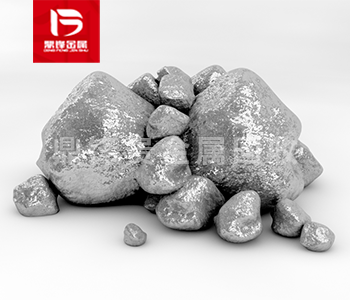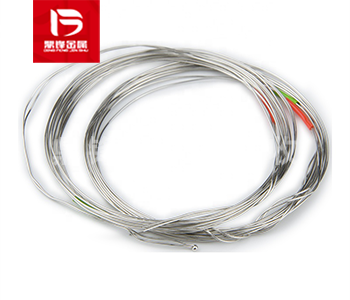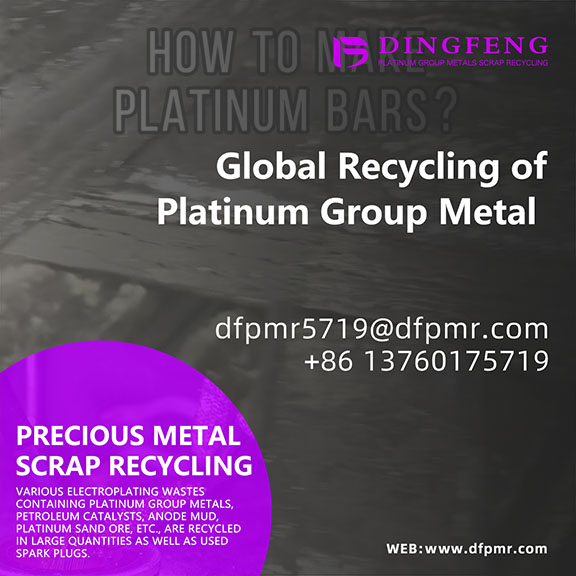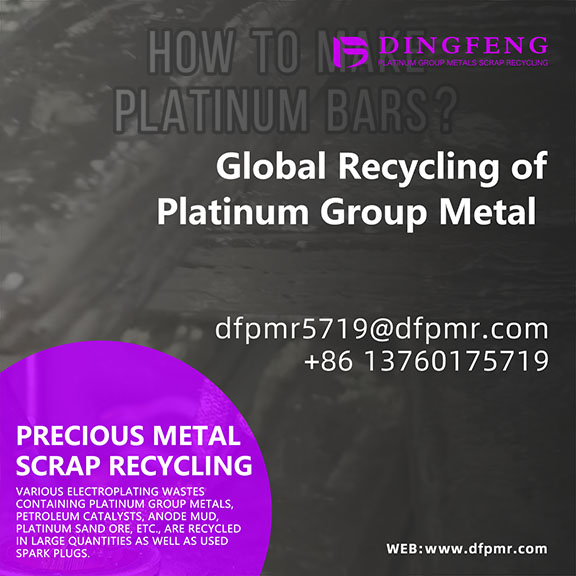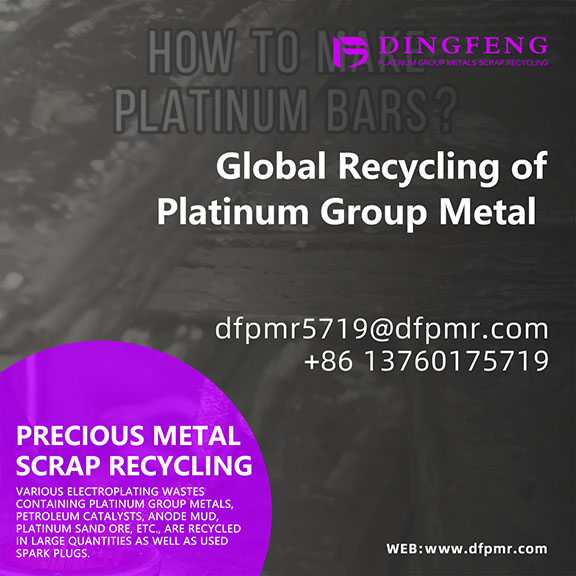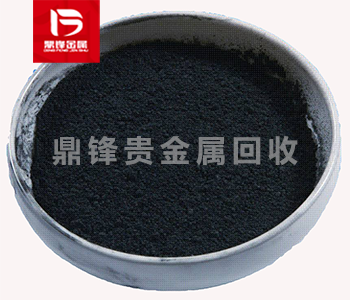Precious metal recycling_ Introduction to Platinum, a Rare and Precious Metal
The historical origin of platinum:Platinum is also one of the most valuable precious metals on Earth. It is a chemical element with the symbol platinum and Atomic number 78. Platinum is a dense, malle
The historical origin of platinum:
Platinum is also one of the most valuable precious metals on Earth. It is a chemical element with the symbol platinum and Atomic number 78. Platinum is a dense, malleable metal with excellent corrosion resistance and high conductivity. Platinum is found in small amounts in many different ores, such as Chromite, Magnetite and pyroxene. Platinum is usually extracted from these ores through a process called smelting, which uses high temperatures to separate platinum from the ore.
In 1735, Spanish explorers in Colombia discovered an unusual mineral with an astonishing color and density while sifting through the mud in the riverbed. They named this ore Platina (meaning "small silver"). It was too soft to cut, and it resisted all attempts at melting or alloying. It took decades for someone to figure out how to handle this strange metal. In 1751, French chemist Charles Fran ç ois de Sittner Duffy determined that this ore was actually a unique element, similar to silver and gold, but distinct from gold and silver. He named it platinum based on its original name, and now it is called the platinum element. By the mid-19th century, platinum had become a popular material for making jewelry, coins, and other decorations. It is also used in scientific instruments such as thermometers and barometers. However, its most important use at that time was as a catalyst in industrial processes. Platinum is used to catalyze the oxidation of ammonia, which is then used to manufacture nitric acid - the basic ingredient in the production of explosives.

Application of Platinum:
1. The most common form of platinum is white metal, but there are also yellow and gray. Platinum is also highly resistant to color change, making it an ideal choice for jewelry and other decorations. It also has low allergenicity, making it a great choice for people with sensitive skin. In jewelry, it is often used to make rings, necklaces, and earrings. It is also used to create complex designs on tableware, decorations, and other exquisite artworks.
2. In the automotive industry, platinum is used to manufacture catalytic converters to reduce harmful emissions from automobiles. It is also used for spark plugs, fuel lines, and oxygen sensors.
3. Platinum is also used in the medical field to manufacture pacemakers, artificial heart valves, and other prosthetic devices.
4. Platinum is also used in fuel cells and other energy storage devices. Due to its high melting point, it can be used to manufacture extremely durable and efficient fuel cell electrodes. Platinum can also be used to make jewelry that is resistant to scratches, fading, and discoloration.
5. Platinum is also used to make coins, medals, and other forms of currency. It is usually alloyed with other metals such as palladium, rhodium, and iridium to create more durable and less prone to corrosion metals.
Platinum is a rare and beautiful metal that has been valued for centuries. Its beauty and durability make it a high-quality raw material for jewelry and decorations, while its rarity and industrial applications make it a huge investment. Whether you are looking for a special piece of jewelry or investing, platinum is a great choice.
&Quot; Dingfeng Precious Metals Recycling includes precious metals such as gold, silver, palladium, rhodium, platinum, germanium, iridium, ruthenium, etc. This is our business in precious metal recycling. If you have precious metals such as gold, silver, palladium, rhodium, platinum, germanium, iridium, ruthenium that need to be recycled, please contact us and we will provide you with a satisfactory price& Quot;



